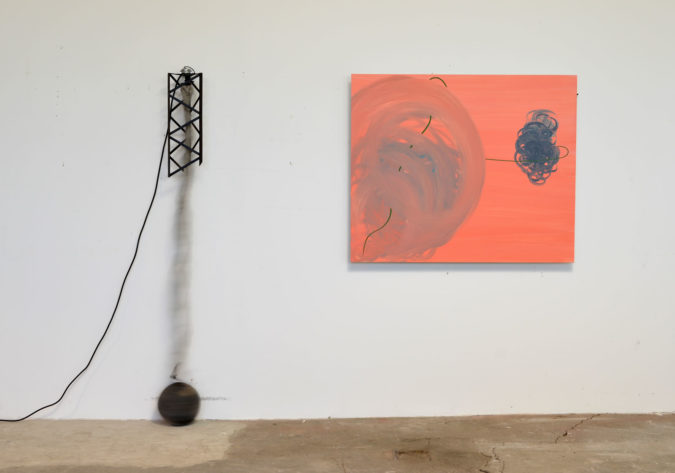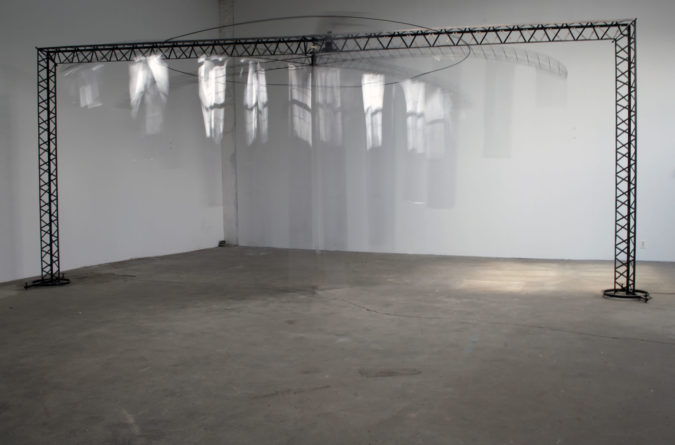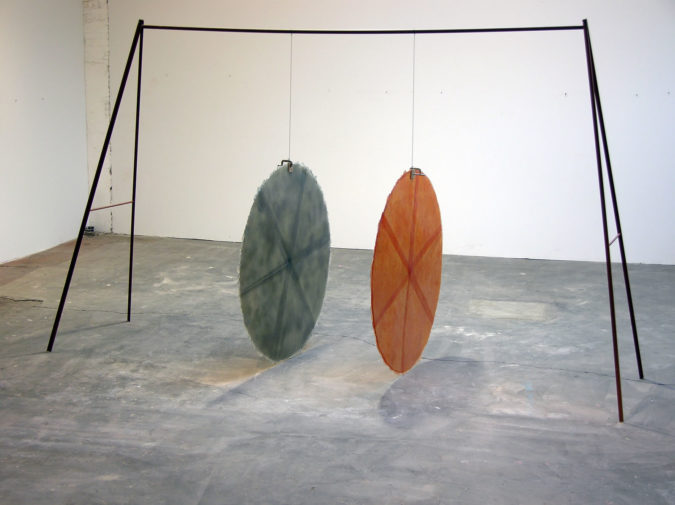Tom Butter
Tom Butter has been exhibiting sculpture, drawings and prints in NYC and internationally since 1980. His work is included in several museum collections in the United States, and has been reviewed in many art publications. Currently he is an adjunct faculty at Parsons and a staff writer at Whitehot Magazine.
Question:
When I first saw your work you were making sculpture from fiberglass. While the sculptures were clearly constructed and viscerally physical, they radiated and reflected light with neither electricity nor illusionism. Now motion is an important feature of your recent work. Light and motion both are hard to pin down and pass away with time and situation. Can you talk about how you engage the physical, material world to fabricate the transient and evanescent.
Answer:
Entities start, stop, and start again. Materials conduct and reflect light. With the right emphasis, and arrangement, these entities can evoke a state. With a state there is less cause and effect. States are ongoing. The ongoing quality has potential to affect us fluidly, in the present. It does not hold, capture or define the present. Physical materials can produce a state that dissolves; we are almost “not here” with our perceptions. The work gives you the time and space to go somewhere else.
I have always been distrustful of language applied to art. The structure of language is so different. We experience art all at once; language is sequential. The most memorable experiences with visual art take me over. They create a spatial condition. Physical materials evoke a distinctly mental space right away. With language this mental space accrues. The distinction is important somehow; it makes things more bearable.

“Caput” 2015 76″ x 11″ x 11″dia. steel, wood, wire cloth, motor
“Procedure” 2014 48″ x 40″ oil on panel
Slowing down, being with something, and waiting are of interest. I work with states that are almost, not quite, or just there. They put the viewer in a conditional frame. This frame brings about a conditional state of mind; as if we are moving through the painting; as if we ARE the line; as if we “lean against the viewer” as Alica DeBrincat said during an interview (Artfile Magazine, 2014). I like this because it implies being off axis, off kilter, unstable, in transition, in flux. It’s intimate.







